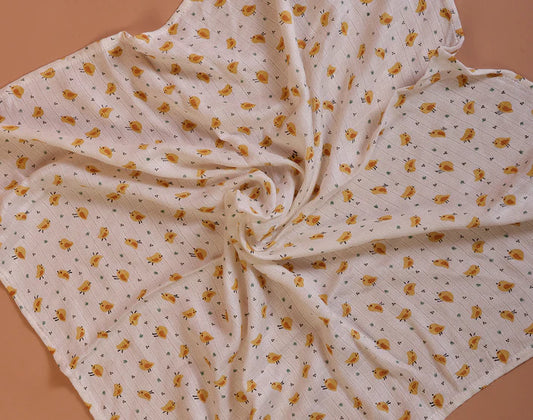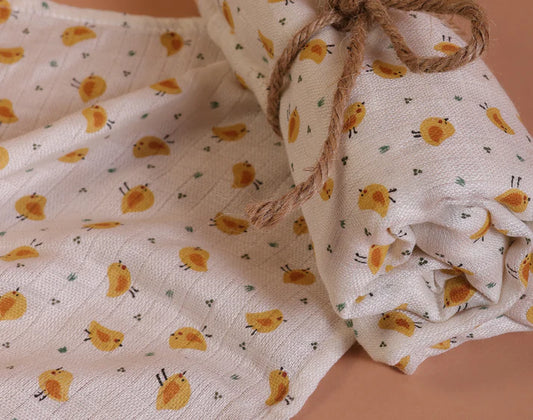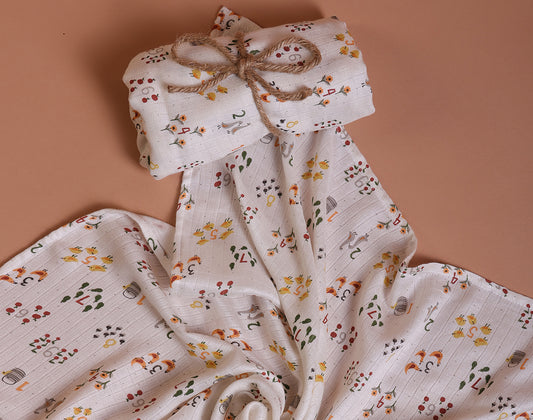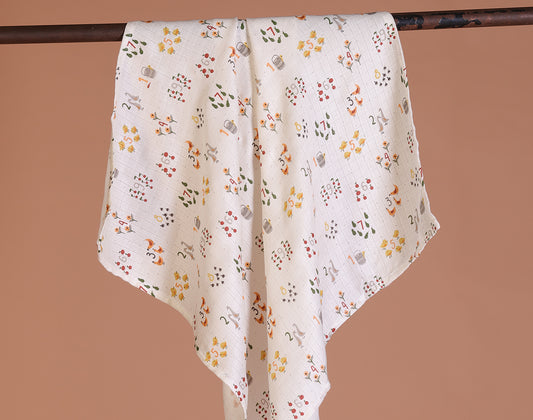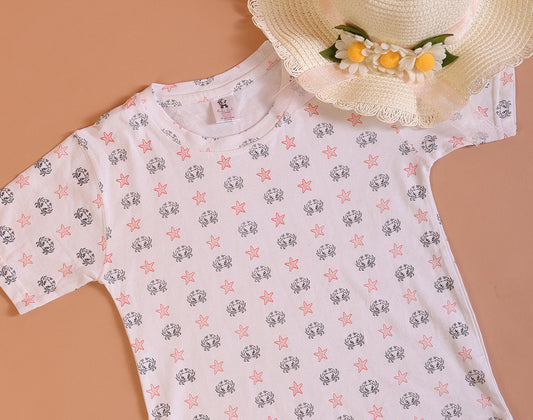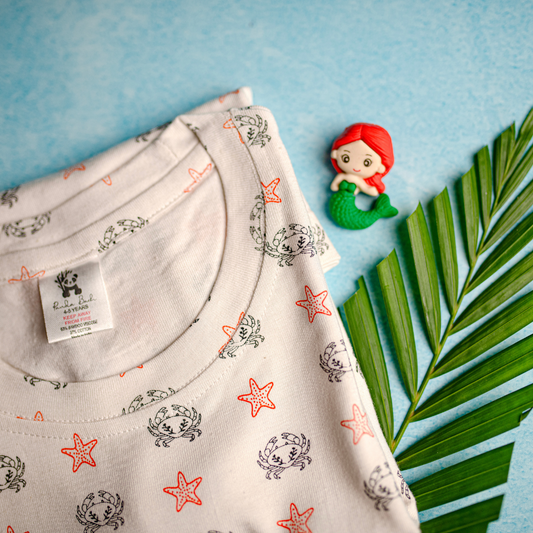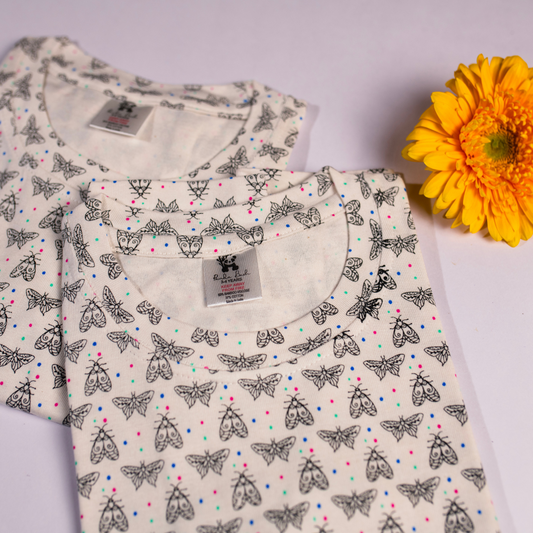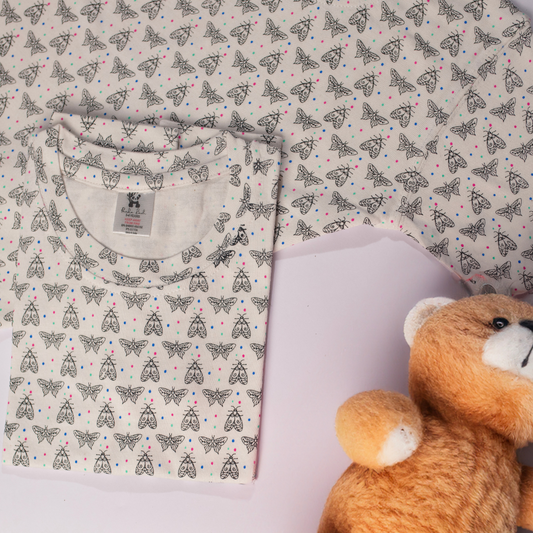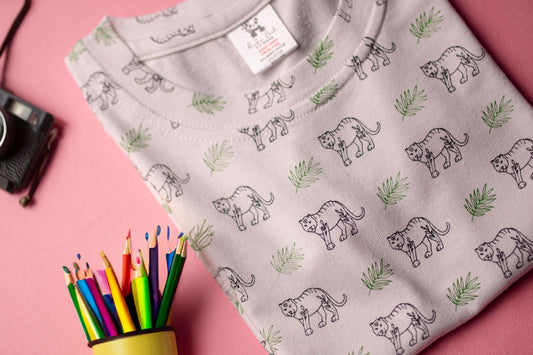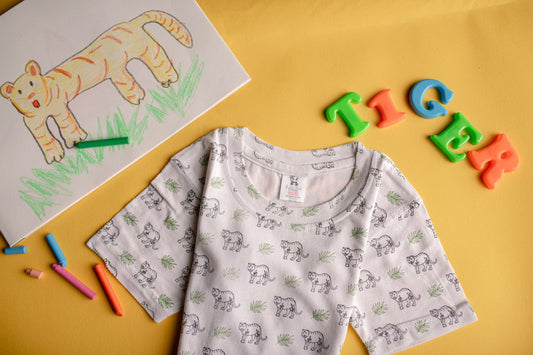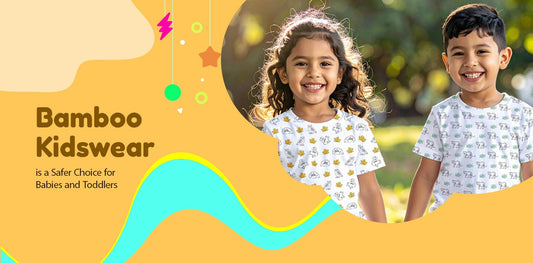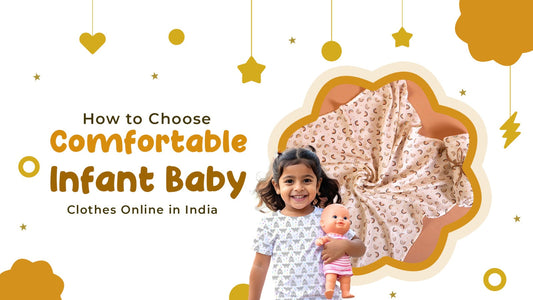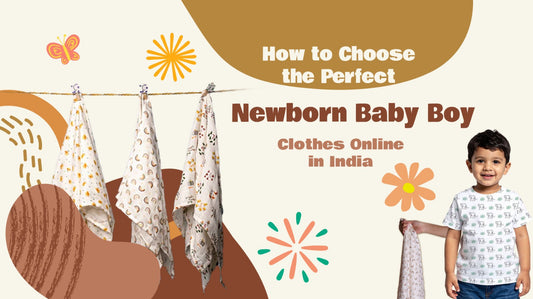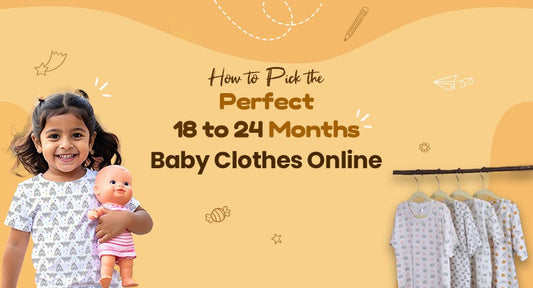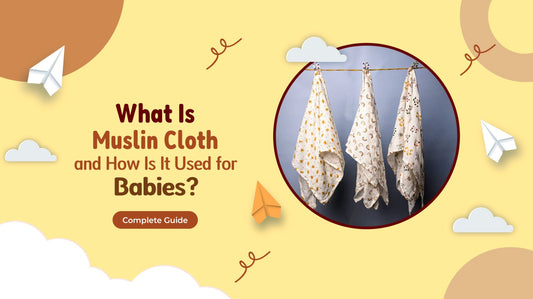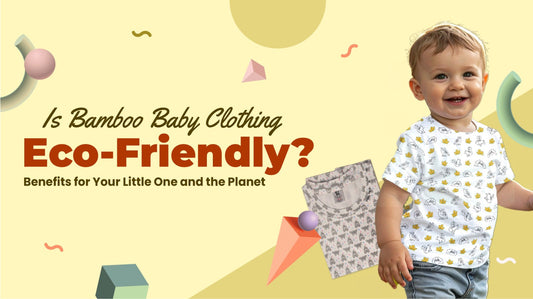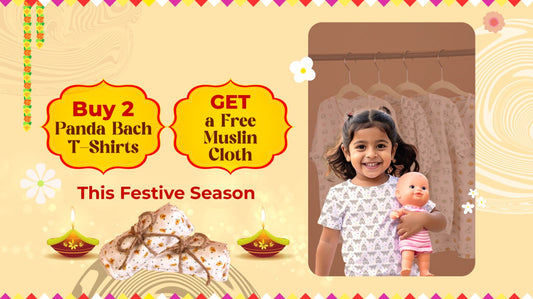When we think of bamboo, the first thing that might come to mind is its use as a sturdy material for home décor or a snack enjoyed by pandas. But did you know that this strong and fast-growing plant can also transform into one of the softest fabrics imaginable? Bamboo fabric is becoming an increasingly popular choice, especially for baby clothes, due to its sustainability, gentle touch, and hypoallergenic properties.
If you’ve purchased a bamboo onesie, you might wonder, how does bamboo transform from a tough stalk to a cuddly, wearable fabric? This post takes a closer look at how bamboo fabric is made, walking you through each step of the bamboo textile process in an accessible, informative way.
Why Bamboo is Perfect for Clothing
Bamboo’s rise in the fashion industry is no accident. It comes packed with natural qualities that make it an ideal choice for clothing production, especially for sensitive individuals like babies. Here’s why bamboo has earned the spotlight:
• Softness: Bamboo fibers boast a silky texture, making bamboo fabrics as soft as cashmere.
• Breathable and Moisture-Wicking: Bamboo textiles allow air to circulate while naturally wicking away sweat. This keeps wearers dry and comfortable for longer.
• Hypoallergenic: Its gentle fibers are perfect for delicate skin, offering a smooth touch without causing irritation.
• Eco-Friendly: Bamboo grows rapidly without harmful pesticides or fertilizers, making it a sustainable resource.
Now that you know why bamboo fabric is loved, let's uncover the detailed steps involved in its transformation.
Growing the Perfect Bamboo
Like all great things, it starts with nature. Bamboo thrives in diverse climates, from tropical regions to temperate zones. One of bamboo’s stand-out features is its incredible ability to grow quickly (some species can grow up to three feet in a single day!).
The farming process is relatively low maintenance:
• Minimal Water Use: Bamboo requires far less water compared to thirsty crops like cotton.
• No Harmful Chemicals: It can grow organically, eliminating the need for pesticides or synthetic fertilizers.
• Sequestration of Carbon: Bamboo absorbs significant amounts of CO2, helping reduce greenhouse gases.
Once harvested, these stalks are ready for the next stage of their transformation.
Breaking Down the Bamboo Stalk
The first step in bamboo clothing production is breaking down the tough exterior stalk into a usable form. The stalks are cut into smaller pieces and processed in one of two primary methods to extract fibers.
1. The Mechanical Process
This is the more eco-friendly option, though it’s labour-intensive and produces fewer usable fibers. Here’s how it works:
• Bamboo stalks are crushed and broken down into a pulp using natural enzymes.
• The pulp is then combed out to extract fibers, which can be spun into a thread.
This method typically creates "bamboo linen," known for its durability but slightly rougher texture compared to other bamboo fabrics.
2. The Chemical Process
To create bamboo fabrics that are luxuriously soft, like those used in baby onesies, most manufacturers rely on a chemical-based method to turn bamboo into viscose (or rayon). This includes:
• Breaking down bamboo pulp using a solvent such as sodium hydroxide to soften the hard cellulose fibers.
• The softened material is forced through spinnerets (devices with tiny holes) to create long threads.
• Finally, the threads are washed and treated, removing residual chemicals, leaving pure bamboo viscose threads.
While it does rely on chemicals, responsible manufacturers employ closed-loop systems that recycle these chemicals, minimizing harm to the planet.
Spinning Into Yarn
With its fibers now extracted, bamboo goes through a refining process to ensure consistency and softness. These fibers are:
• Combed thoroughly to ensure they’re smooth and free of impurities.
• Dyed using eco-friendly methods to achieve vibrant yet safe colors.
The fibers are then spun into yarn ready to be woven into fabric. Much like traditional textile production, this stage is crucial in determining the durability and feel of the final material.
Weaving Fabric
Once spun into yarn, the bamboo fibers are woven into textiles with precision and care. This typically involves:
• Cutting-Edge Weaving Machines: High-tech weaving equipment ensures the threads are interlaced tightly yet flexibly for stretch and comfort.
• Knitting for Style: Depending on its intended use, the fabric might be woven tightly for structure or loosely for a breathable drape.
At this stage, the signature softness of bamboo textiles begins to reveal itself! The resulting rolls of fabric are light, airy, and ready for the next step.
Crafting the Perfect Onesie
With the fabric created, the final step is turning raw bamboo fabric into well-loved onesies and garments. Here’s how:
• Designing Patterns: Designers create onesie shapes that maximize both comfort and practicality (because every parent loves easy snaps for diaper changes).
• Cutting and Sewing: Fabric is cut, assembled, and stitched by skilled professionals to maintain quality.
• Adding Finishing Touches: Little details like reinforced seams, soft-edged tags, or custom prints make these bamboo onesies irresistibly cute.
By the end of this process, you have a garment that’s soft, durable, and safe for your baby’s delicate skin.
The Final Packaging Touch
After crafting, bamboo products are packaged with care. Many eco-conscious brands choose plastic-free packaging to align with bamboo’s sustainable values. The final product arrives neatly at your doorstep, ready to take its place in your little one’s wardrobe.
Why Bamboo Onesies Stand Out
Bamboo onesies aren’t just clothing; they’re a parenting game-changer. Here’s why they’re worth the hype:
• Gentle on Baby's Skin: No more fuss or irritation! Bamboo onesies are naturally hypoallergenic.
• Thermal Regulating Properties: Keep your baby snug during winter and cool in hotter months.
• Durable Yet Soft: Bamboo fabric retains its quality wash after wash, making it a long-lasting choice for active little ones.
• Planet-Friendly Choice: By choosing bamboo, you're supporting a sustainable textile process that reduces environmental impact.
Are Bamboo Onesies Right for Every Parent?
With the growing demand for eco-conscious and high-quality baby clothing, bamboo onesies offer a beautiful blend of comfort, style, and sustainability. They’re an excellent addition to any parent’s arsenal of baby essentials.
However, it’s worth keeping an eye on how the fabric is manufactured. Look for brands that prioritize transparency and use responsible production methods, especially those that utilize mechanical processes or closed-loop chemical systems.
Discover the Magic of Bamboo Fabric
Now that you’ve learned about the incredible bamboo textile process, it’s easy to understand why bamboo fabric stands out. From eco-friendly farming to the luxuriously soft final material, each stage of production reflects a deep respect for nature and a commitment to quality. It’s a fabric that’s not only gentle on your baby’s delicate skin but also kind to the planet—a perfect match for today’s thoughtful parents.
Still curious or wondering where to find the best bamboo onesies for your little one? You can check out Panda Bach. At Panda Bach, you’ll discover a thoughtfully crafted collection of ultra-soft, sustainable baby clothing made from high-quality bamboo fabric. Every onesie is designed with comfort, breathability, and style in mind—perfect for even the most sensitive skin. Whether you're building a new wardrobe or looking for a unique gift, Panda Bach offers the ideal blend of eco-conscious values and baby-friendly softness.
Explore the collection and order your baby’s next favourite outfit from our baby tees collection.
